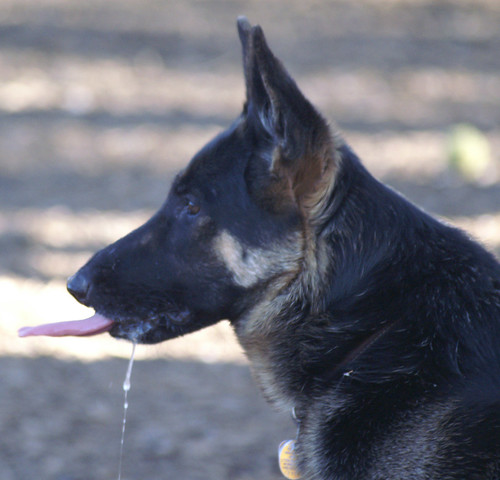So synesthesia. It’s probably the most interesting
neurological condition and it kind of borders on having super-powers. According
to Wikipedia (gasp! I know) synesthesia is “is a neurological condition in
which stimulation of one sensory or cognitive pathway leads to automatic,
involuntary experiences in a second sensory or cognitive pathway.” Basically,
all your senses pathways are all mixed up, some wires are crossed, and when a
sense comes into the brain it gets all turned around and shot out with another.
 |
| Apparently New Jersey was constructed by people with synesthesia. |
So the letter “Y” might be magenta, the color yellow might
smell like oil, or maybe the sound of violins look like bells raining from the
sky. But you’ve heard that a million times, it’s boring whatever. What is
interesting is the role it plays in art and, even more, in cinema. And
I don’t mean when filmmakers try to set out and ‘document’ synesthesia for the
sake of documenting it, which always feels trite to me.
(Have a wonderfully un-trite example, though)
 |
| Full Movie Alchemist |
Either way has some serious impact on concepting your work. Would you rather express your own personal metaphors, or would you rather the audience leave with some new mental connection they might not even be aware of? I kind of like the second, especially for its Pavlovian implications.
 |
| Whose a good audience? Is it you? Yes it is. You're a good audience, yes you are. |
 |
| Do it right and you'll win all of the Oscars. |
In that light, synesthesia then becomes
another tool on any well-rounded filmmakers toolkit. Sure, you can go crazy
with it, but subtle manipulations of our sensory adaptations can work wonders
out of your audience.
A: A horserace.
How do you know that if you didn't see any horses racing? Because the filmmaker (Robert Bresson) built his world out of sound, which he was a huge fan of. Bresson didn't like relying on the image, which is what a lot of filmmakers continue to do, but built his world for the audience using sound. Watching the clip, you can see it all in your minds eye. This clip is the introduction to the film (which I 100% recommend) and does a perfect job of mixing your senses up but also telling you what to make of them and how to make it.
So how do you do that?
 |
| Basically just be this guy, I guess. |
 | |
| (Unless you're this guy) |
| Yikes. |

No comments:
Post a Comment